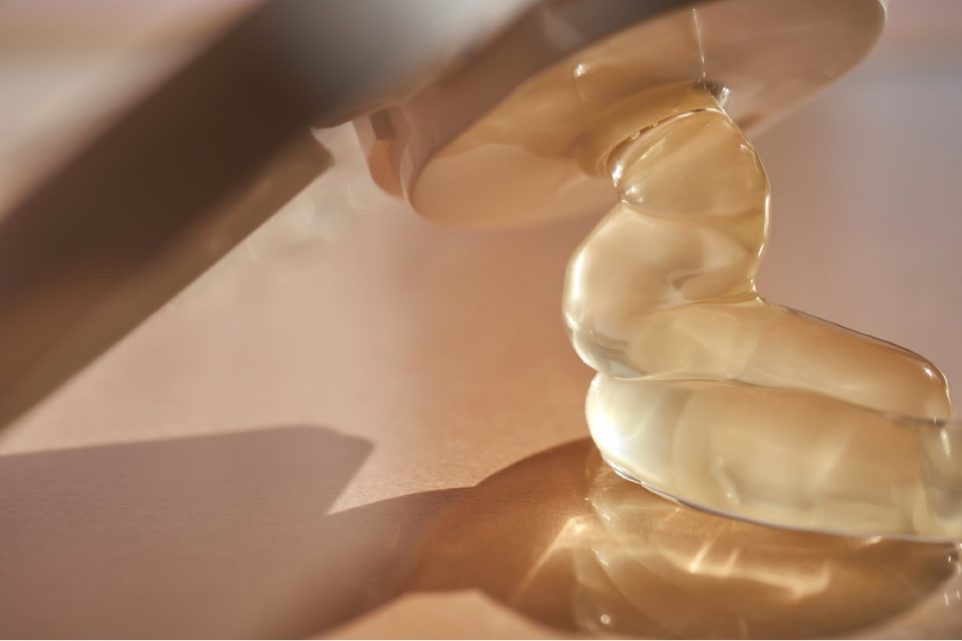Niacinamide vs Hyaluronic Acid: How To Choose Between the Two

In the ever-evolving world of skincare, it can be challenging to navigate through the plethora of products and ingredients available. Two popular ingredients that often feature prominently in skincare routines are niacinamide and hyaluronic acid. Both of these offer unique benefits, but many may not know exactly how to utilize them properly. This is why understanding their differences and uses can help you make an informed decision on which one to add to your skincare regimen.
In this article, we’ll explore niacinamide and hyaluronic acid, comparing their properties, benefits, and ideal usage, to help you determine the best fit for your skincare needs.
Niacinamide: The Multi-Benefit Powerhouse
Niacinamide, also known as vitamin B3, has gained significant attention in the skincare community for its numerous benefits. This water-soluble vitamin is well-tolerated by most skin types and is suitable for individuals with sensitive skin. Niacinamide acts as an effective barrier enhancer, strengthening the skin’s protective barrier to prevent moisture loss. It also aids in the regulation of sebum production, making it an excellent choice for individuals with oily or acne-prone skin.
One of the standout properties of niacinamide is its ability to reduce hyperpigmentation and uneven skin tone. It inhibits the transfer of melanin, the pigment responsible for dark spots and discoloration, resulting in a brighter and more even complexion. Plus, niacinamide possesses anti-inflammatory properties, making it an ideal ingredient for soothing redness, irritation, and even rosacea.
Hyaluronic Acid: The Hydration Hero
Hyaluronic acid, often referred to as HA, is a naturally occurring substance in the body known for its incredible water-retention properties. Despite its name, hyaluronic acid is not an exfoliant or an acid in the traditional sense. Instead, it acts as a humectant, attracting and retaining moisture to keep the skin hydrated and plump.
One of the significant benefits of hyaluronic acid serum is its ability to provide intense hydration, making it a go-to ingredient for dehydrated skin types. It binds water molecules to the skin, improving moisture levels and reducing the appearance of fine lines and wrinkles. Hyaluronic acid also enhances the skin’s elasticity, resulting in a smoother, more supple complexion.
Choosing Between Niacinamide and Hyaluronic Acid
While both niacinamide and hyaluronic acid offer impressive benefits, choosing the right one for your skincare routine depends on your specific needs and concerns. Here are a few factors to consider when making a decision:
Hydration vs. Overall Skin Improvement
If your primary concern is hydration and plumping the skin, hyaluronic acid is an excellent choice. But, if you’re looking for a multi-functional ingredient that targets a range of concerns, including hyperpigmentation, sebum regulation, and anti-inflammatory properties, niacinamide would be a more suitable option. Of course, you can also use both to really help your complexion!
Skin Type
Hyaluronic acid is generally safe for all skin types — including sensitive skin — and is particularly beneficial for dry skin. Niacinamide is also well-tolerated but offers additional advantages for individuals with oily or acne-prone skin due to its sebum-regulating properties.
Layering and Complementary Ingredients
Both niacinamide and hyaluronic acid can be easily incorporated into your skincare routine. You’ll typically find niacinamide in serums or moisturizers. And you can layer these with other products without any concerns. You can usually find hyaluronic acid in serums, essences, or moisturizers. It pairs well with many ingredients like vitamin C, ceramides, retinol, and more.
To use them together, you’ll first want to cleanse your face and leave it damp. Then apply your hyaluronic acid serum and allow it to soak in. Then, you can add your niacinamide serum or moisturizer. If you didn’t already use a moisturizer in the previous step, follow with your favorite hydrating cream or gel and then follow up with a broad spectrum SPF 30+ sunscreen.
Conclusion
In the ongoing debate of niacinamide vs hyaluronic acid, it’s important to understand their unique benefits. Niacinamide shines with its multi-functional properties, targeting hyperpigmentation, sebum regulation, and inflammation. Hyaluronic acid, on the other hand, excels at providing intense hydration and plumping the skin. Consider your specific skincare needs and concerns to choose the ingredient that aligns best with your goals. And if you want to use them both, go for it!